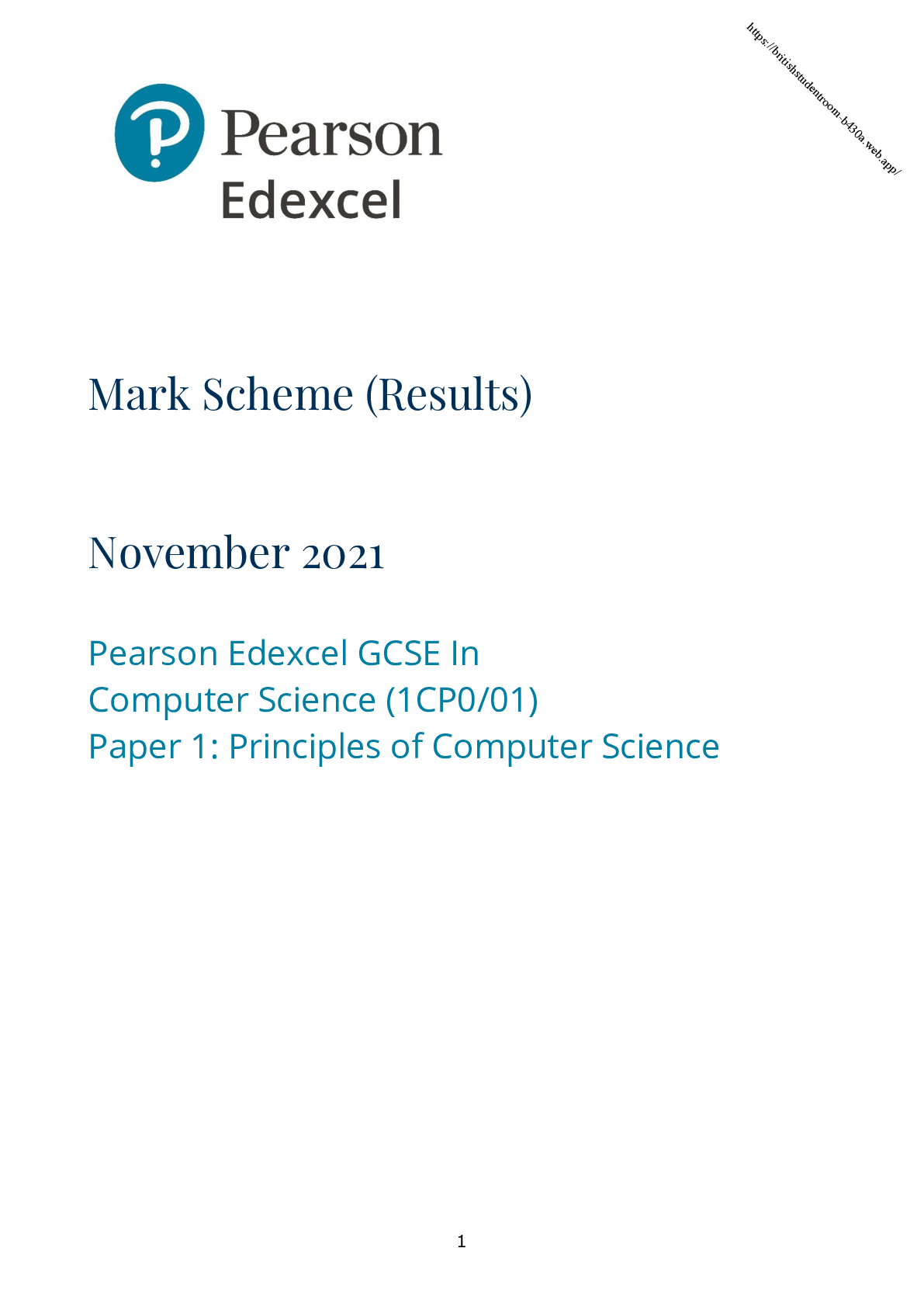Chemistry > Edexcel > Mark Scheme (Results) Summer 2018 Pearson Edexcel GCSE Chemistry (1CH0_1H) Paper 1H (All)
Mark Scheme (Results) Summer 2018 Pearson Edexcel GCSE Chemistry (1CH0_1H) Paper 1H
Document Content and Description Below
Explain questions can be asked across all AOs. The distinction comes whether the identification is via a judgment made to reach a conclusion, or, making a point through application of knowledge to r... eason/justify the point made through application of understanding. It is the combination and linkage of the marking points that is needed to gain full marks. When marking questions with a ‘describe’ or ‘explain’ command word, the detailed marking guidance below should be consulted to ensure consistency of marking. Assessment Objective Command Word Strand Element Describe Explain AO1* An answer that combines the marking points to provide a logical description An explanation that links identification of a point with reasoning/justification(s) as required AO2 An answer that combines the marking points to provide a logical description, showing application of knowledge and understanding An explanation that links identification of a point (by applying knowledge) with reasoning/justification (application of understanding) AO3 1a and 1b An answer that combines points of interpretation/evaluation to provide a logical description AO3 2a and 2b An explanation that combines identification via a judgment to reach a conclusion via justification/reasoning AO3 3a An answer that combines the marking points to provide a logical description of the plan/method/experiment AO3 3b An explanation that combines identifying an improvement of the experimental procedure with a linked justification/reasoning *there will be situations where an AO1 question will include elements of recall of knowledge directly from the specification (up to a maximum of 15%). These will be identified by an asterisk in the mark scheme.Question Number Answer Mark 1(a) C yes high coloured The only correct answer is C A is not correct because transition metal chlorides are coloured B is not correct because all properties are incorrect D is not correct because transition metals are used as catalysts and have a high density (1) AO 1 1 Question Number Answer Mark 1(b) An explanation linking • {air/oxygen} excluded / {water/moisture} excluded / oil acts as a barrier (1) • {air/oxygen} and {water/moisture/damp conditions} both needed (for iron to rust / corrosion) (1) (2) AO 1 1 Question Number Answer Additional guidance Mark 1(c) An explanation linking • zinc corrodes {easier than / in preference to / OWTTE} iron / zinc reacts with air and water instead (1) • zinc is more reactive than iron / zinc is sacrificial / zinc has a higher tendency to form ions (1) reject zinc rusts (2) AO 1 1 AO 2 1Question Number Answer Additional guidance Mark 1(d) An explanation linking two of the following points • {metal ions / cations} surrounded by (delocalised) electrons (1) • strong {forces of attraction / bonding} (between (delocalised) electrons and {metal ions / cations}) (1) • needs lots of energy to {separate the particles / break bonds / break forces of attraction} (1) ignore metal nuclei allow electrostatic bonds / metallic bonds ignore separating electrons any mention of intermolecular forces / covalent bonding / molecules / ionic bonding / atoms – max 1 mark marking points independent (2) AO 1 1 Total for question 1 = 7 marksQuestion Number Answer Additional guidance Mark 2(a)(i) A description including • apply lighted splint (1) • (squeaky) pop (1) allow flame / ignite gas / fire ignore ‘squeaky pop test’ / glowing splint second mark is dependent on first (2) AO 2 2 Question Number Answer Mark 2(a)(ii) An explanation linking • loss of electron(s) (1) • two electrons (1) allow gains two electrons for 1 mark zero marks overall if sharing of electrons / gain or loss of protons / positive electrons marks can be awarded for suitably drawn diagram / half equation (2) AO 1 1Question Number Answer Additional guidance Mark 2(b) final answer of 94 (g dm-3) with or without working (2) OR 23.5 (1) (= 0.094) 250 0.094 x 1000 (1) OR 250 (dm3) (1) (= 0.25 (dm3)) 1000 23.5 (1) 0.25 OR 1000 (1) = 4 250 4 x 23.5 (1) allow ECF (error carried forward) throughout other final answers: 0.094 / 9.4 (1) 0.000094 or 9.4 x 10-5 (1) 0.25 (dm3) (1) allow 250 x 1000 or 10638(.3) (1 [Show More]
Last updated: 2 years ago
Preview 1 out of 27 pages

Buy this document to get the full access instantly
Instant Download Access after purchase
Buy NowInstant download
We Accept:

Reviews( 0 )
$8.00
Can't find what you want? Try our AI powered Search
Document information
Connected school, study & course
About the document
Uploaded On
Jun 15, 2022
Number of pages
27
Written in
Additional information
This document has been written for:
Uploaded
Jun 15, 2022
Downloads
0
Views
135




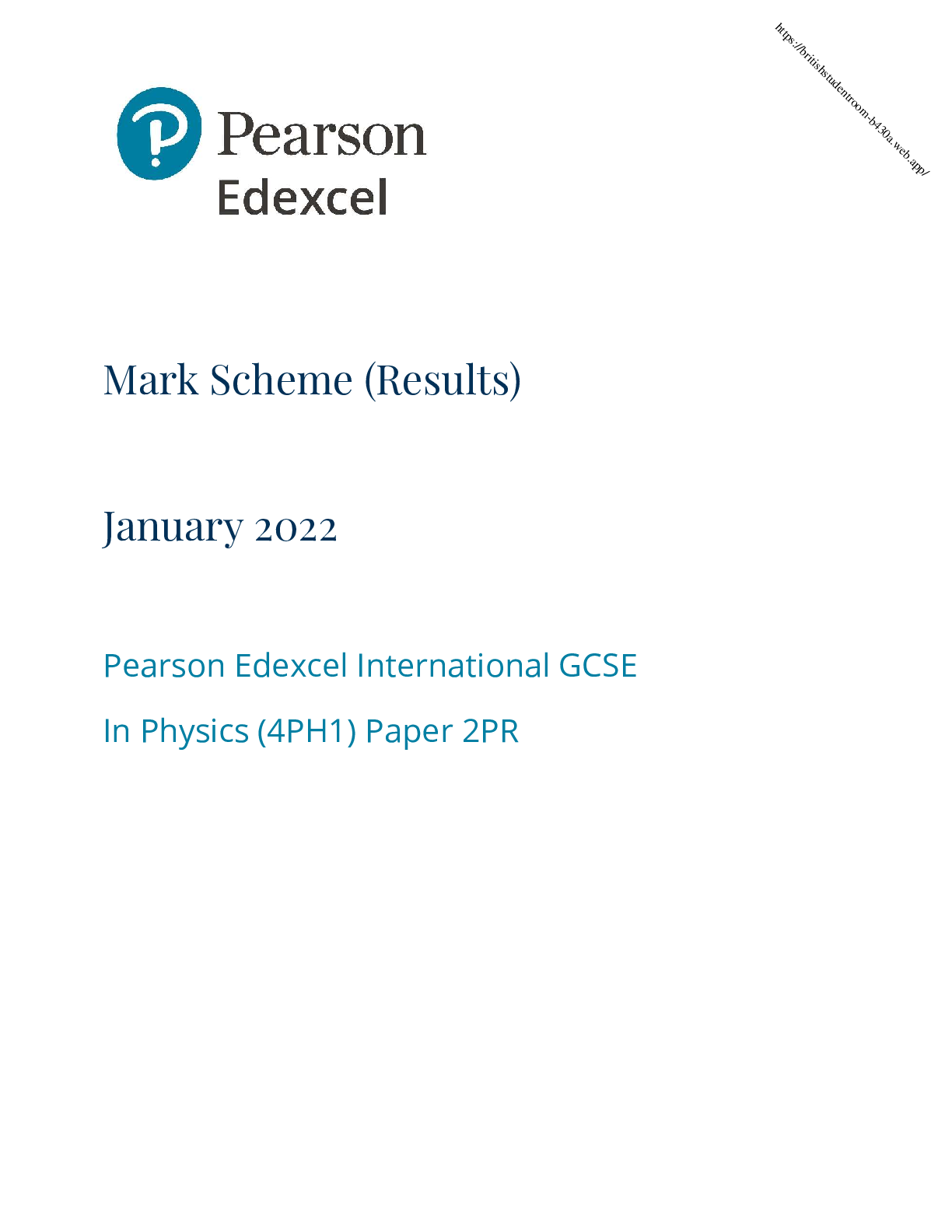


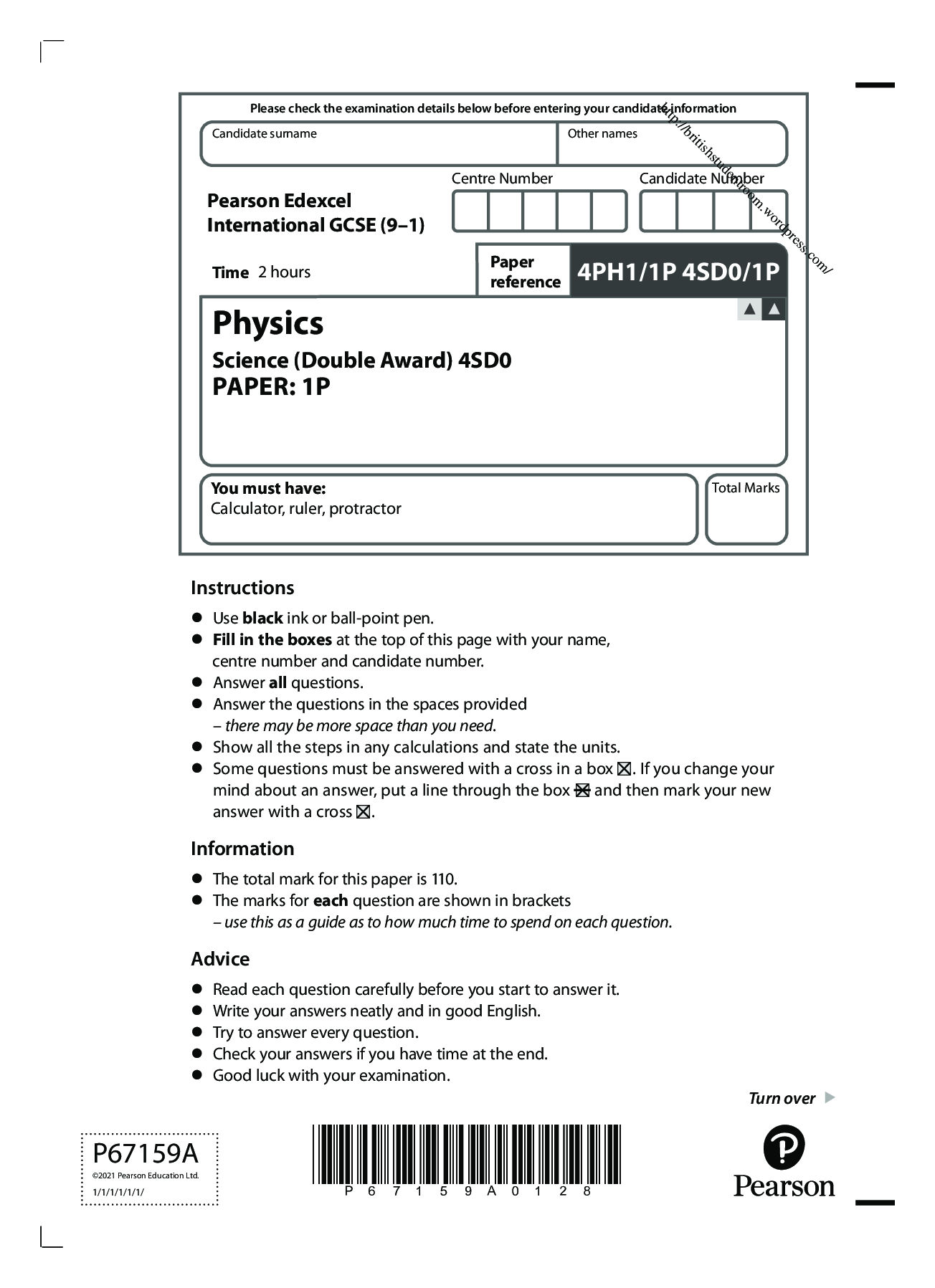

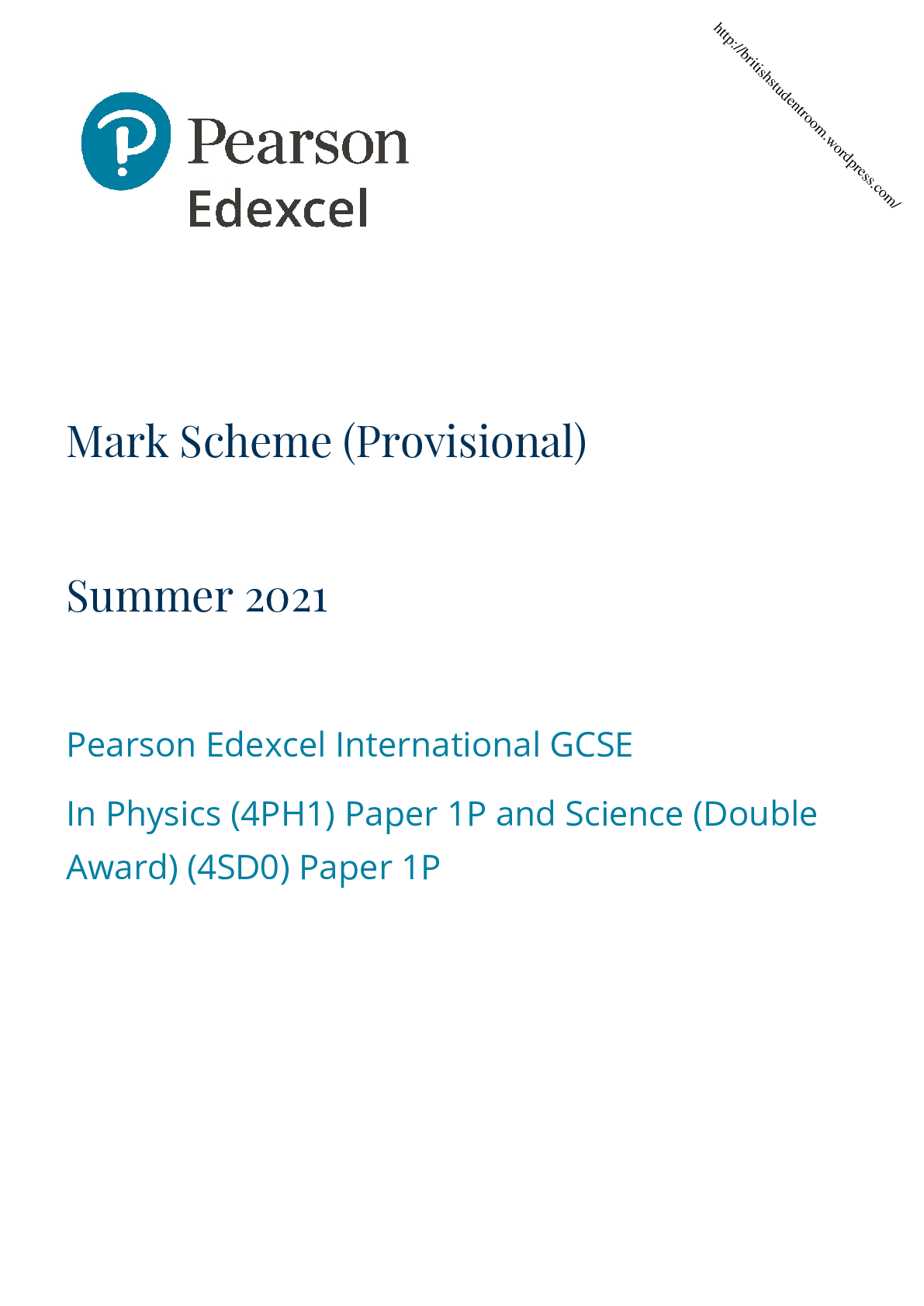


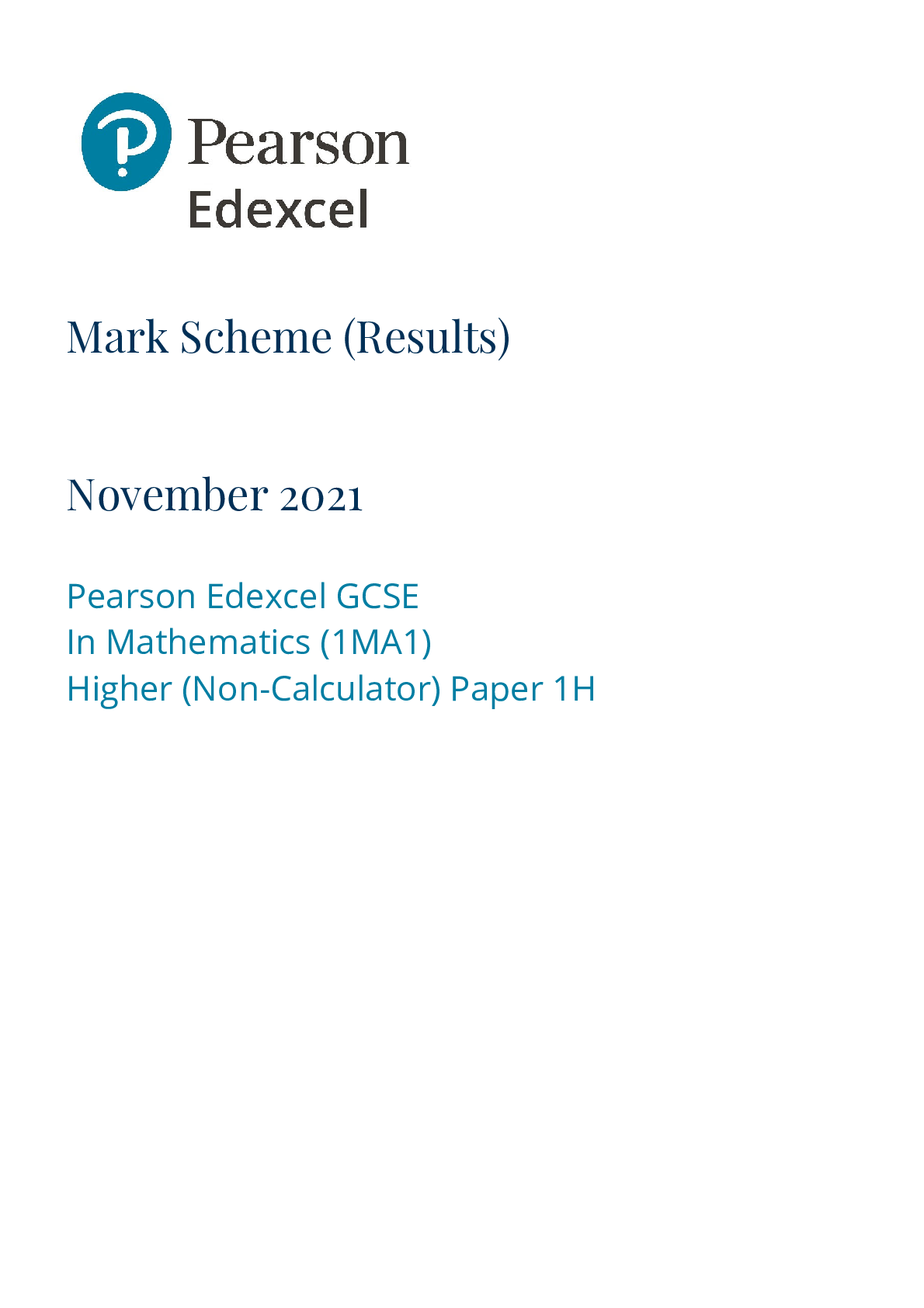
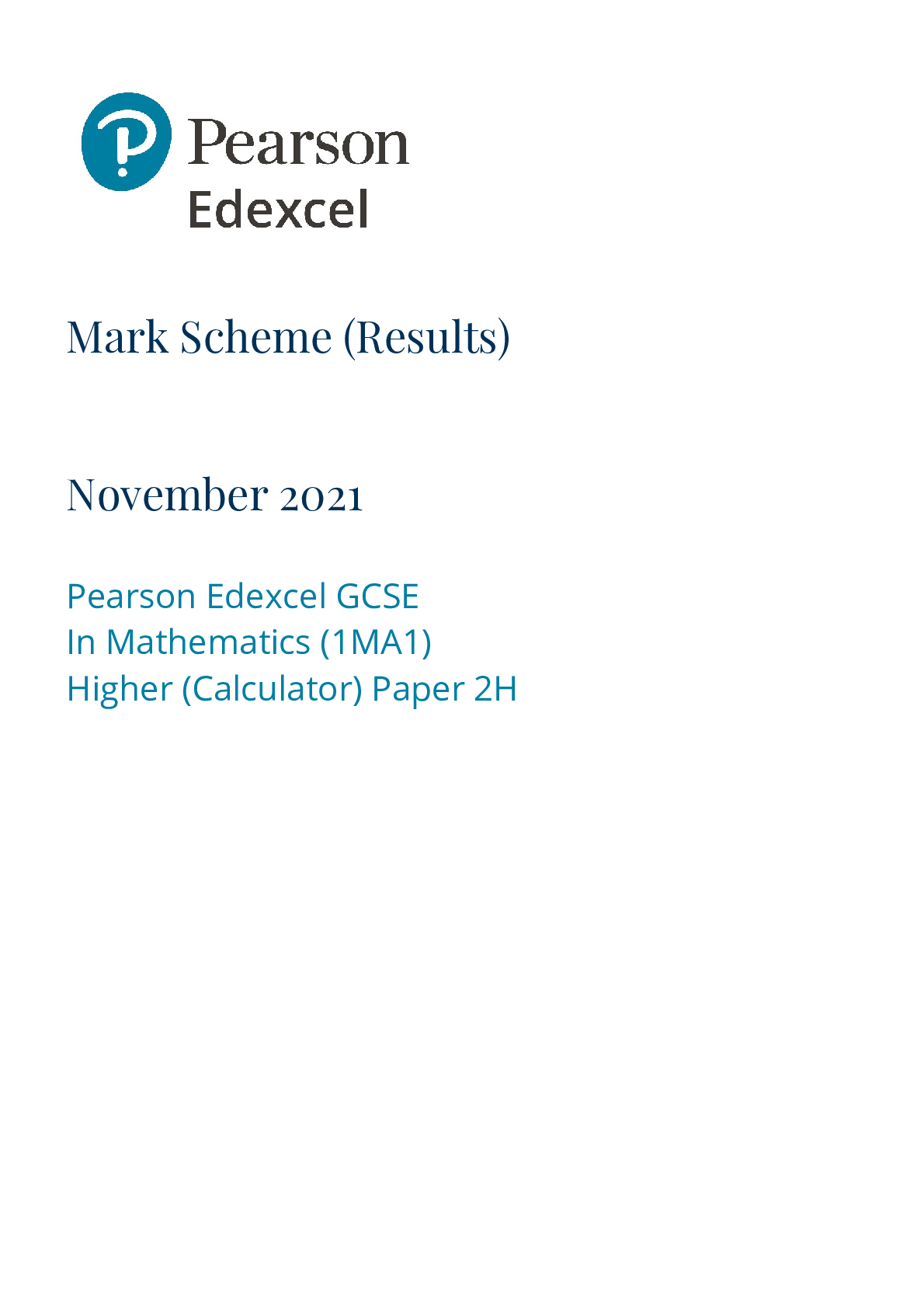
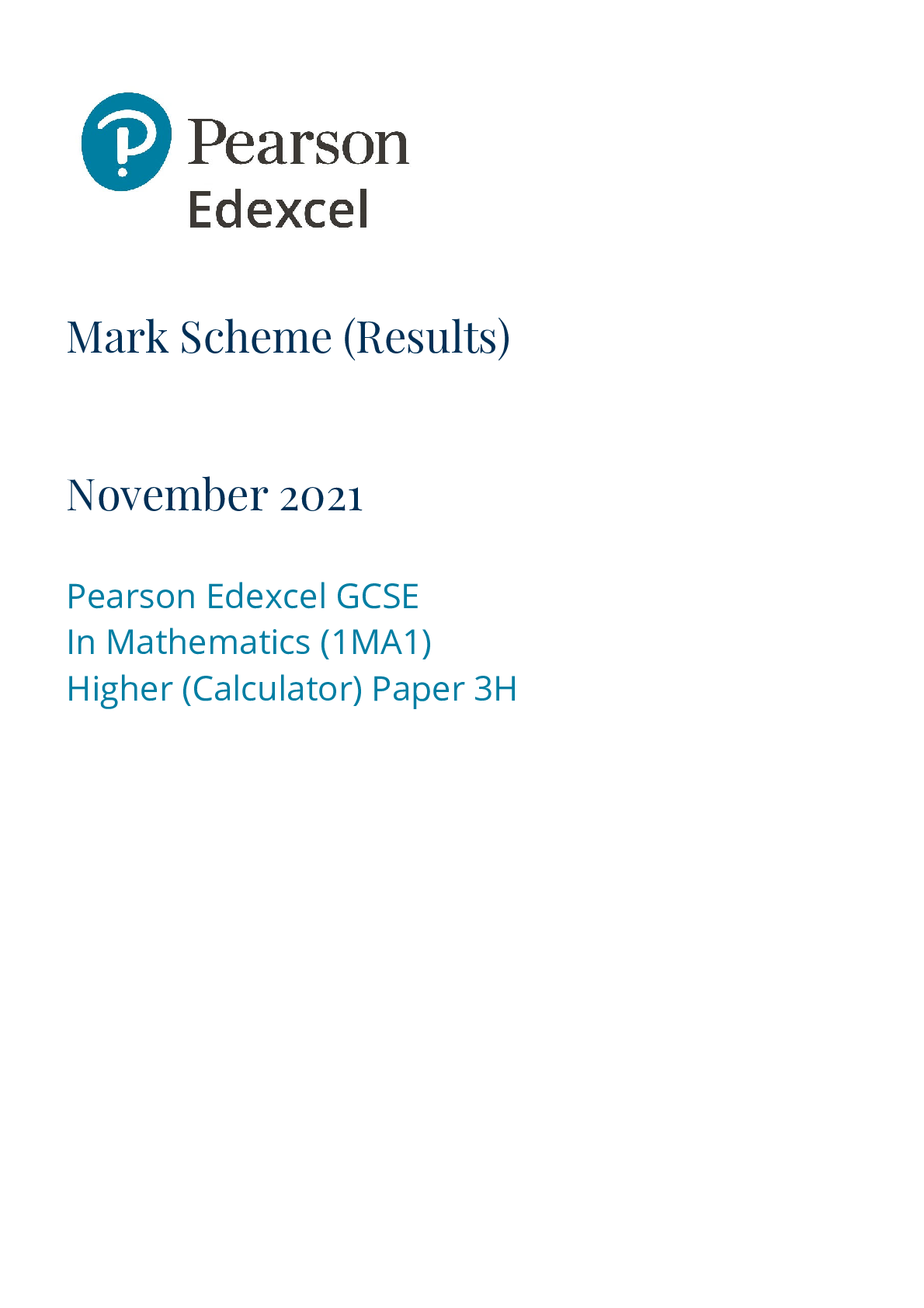
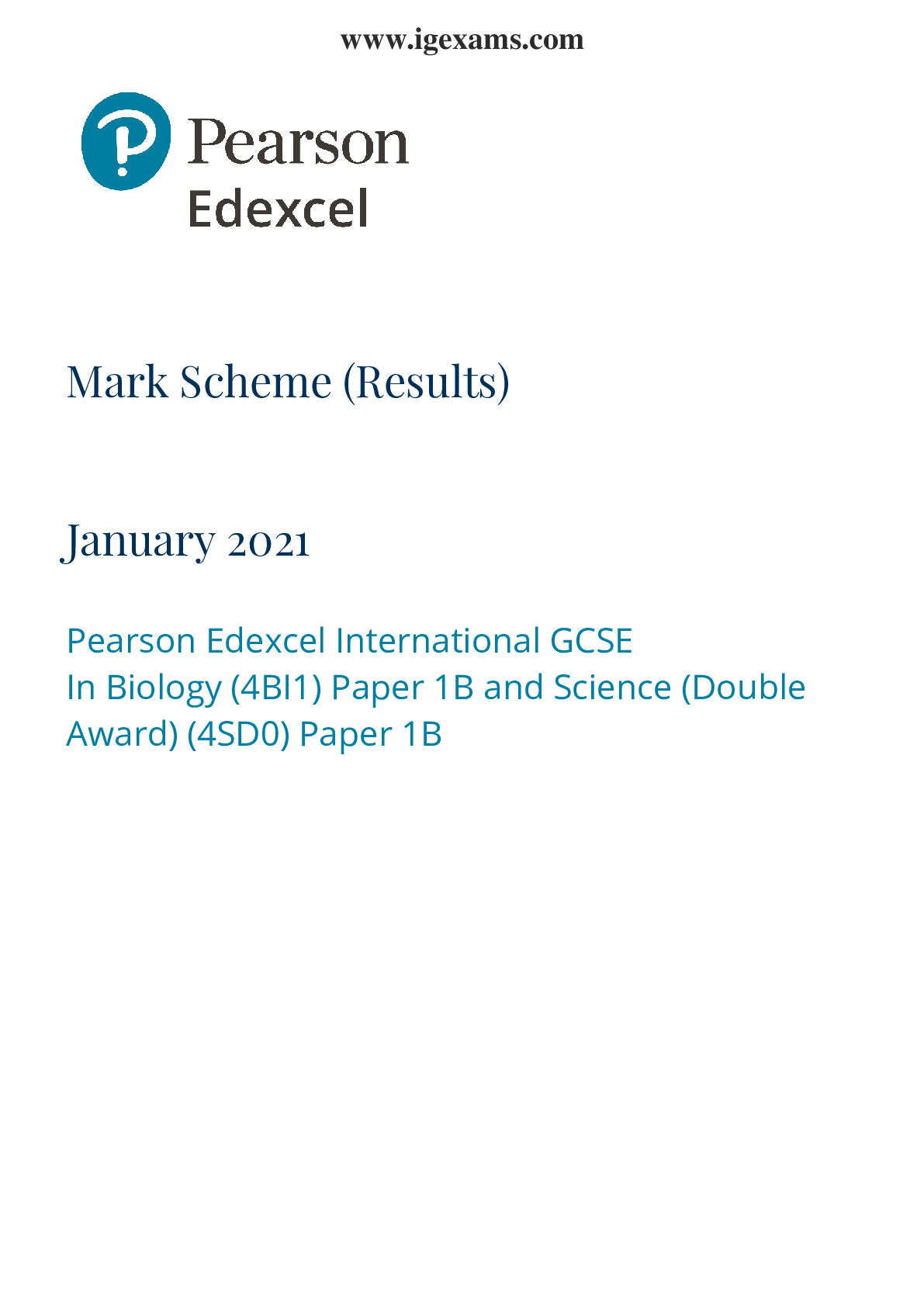
.png)
.png)
.png)




